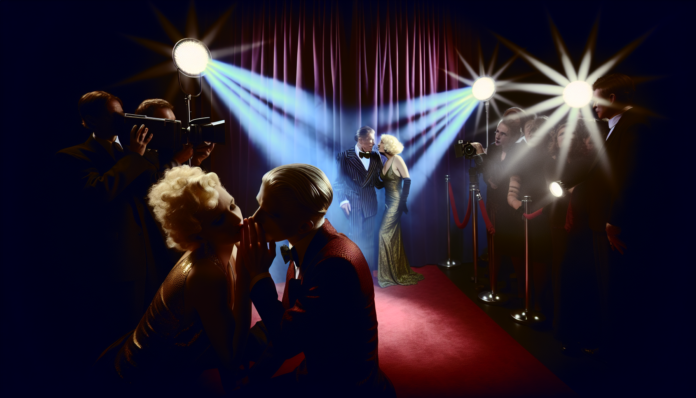Introduction
Marlon Brando, one of the most iconic figures of Hollywood’s Golden Age, was not only renowned for his groundbreaking performances but also for his personal life, which often transcended societal norms. In an era when Hollywood was synonymous with glamor and moral conservatism, Brando’s bisexuality and relationships with both men and women ignited debates about sexual identity that resonate even today. The 1950s and 1960s were characterized by prevailing attitudes of heteronormativity, often condemning any deviations as scandalous. This article delves into Brando’s life and the scandal of his bisexuality, highlighting its impact on societal norms and its modern-day implications.
The Scandal
Marlon Brando’s sexual orientation was a closely-guarded secret during his rise to fame in the 1950s. Speculation regarding his bisexuality began swirling, fueled by intimate rumors and suggestive anecdotes. The most notable allegations surfaced when accounts of his affairs with fellow male actors, including Montgomery Clift and James Dean, and of his relationships with women like actress Rita Moreno, became public.
One particularly jarring moment occurred in 1955 when Brando was rumored to have engaged in a romantic rendezvous with actor and director Joshua Logan. Logan, who later penned a tell-all memoir, hinted at their close relationship and implied a sexual dimension. These insinuations shocked Hollywood and the nation, as they stood firmly against the company line that promoted traditional heterosexuality.
The prevailing response was a mix of fascinated intrigue and palpable outrage. As historian Dr. Thomas Doherty notes, “Brando’s alleged bisexuality threatened the very fabric of Hollywood’s constructed image of masculinity.” Mainstream media was quick to label him a deviant, and fan reception was divided, with some idolizing him while others condemned his lifestyle.
Moral and Cultural Analysis
The reaction to Brando’s bisexuality highlighted a broader cultural anxiety around sexuality in mid-century America. While some fans admired his artistic defiance, many conservative factions criticized him harshly. Publications ran with sensational headlines, viewing sexual fluidity as a direct challenge to societal norms and as a potential influence on “moral decay.”
Consequences for Brando included sporadic backlash in the media and public eye, though his immense talent often overshadowed controversy. Unlike lesser-known figures, he managed to retain his status, albeit with a tarnished public persona. Yet, many of his peers faced serious repercussions. Actors who weren’t as established sometimes found themselves blacklisted or ostracized in the industry, suffering irreparable damage to their careers.
Fast forward to today, and society’s perspective on bisexuality has markedly shifted. The growing recognition of LGBTQ+ rights and a general push for acceptance means Brando’s bisexuality would likely be met with curiosity rather than condemnation. Conversations surrounding sexual identity are more nuanced, emphasizing inclusivity over judgment. Online platforms provide fertile ground for discussions, where fans celebrate Brando not only for his talent but for his role as a precursor to broader acceptance of diverse sexual orientations.
In the landscape of contemporary culture, Brando’s story serves as a reminder of the struggles faced by those who dare to defy normative sexual boundaries. What was once a source of scandal now reflects a journey toward acceptance, demonstrating just how far societal attitudes have evolved since the days of Hollywood’s Golden Age.

